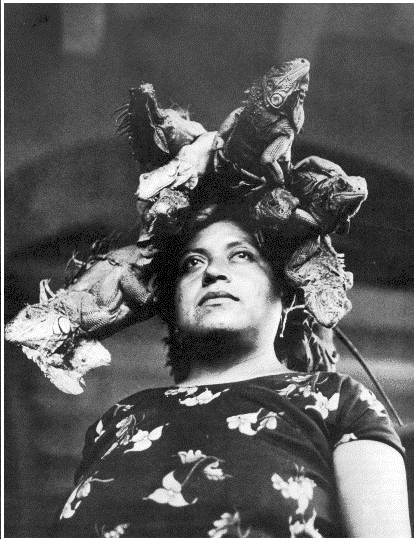Pueblo
Gender, Family, and Community
In Rural Mexico, 1730 - 1850
Deborah E. Kanter
(University of Texas Press)

The depósito could be the house of a priest. It could be a room in the house of a respected member of the community. It might even be in the house of one's own family. One could be incarcerated there for weeks or months.
In a hundred or so cases studied by the author (in Tenango del Valle, Mexico) the prime reason for such sequestering was "engagement ... to safeguard a woman before her wedding." Before their marriages, indio men were required to labor in the house of the bride. It was called montequitl, and
- The intimate contact fostered by montequitl and similar customs probably led priests to shelter Indian brides.
In one case documented by the author, an unlucky husband-to-be labored for nine months before marriage was permitted ... while his bride was shipped to some far-off priest's abode where she was forced to knit, and clean, and tend to his every want.
There were other reasons for being stuffed in a depósito. "Incest," is one listed, along with "Priest's anger, whim," "Divination," and "Sexual incontinence." However it was defined, according to Ms. Kanter, such incarceration came, over the years, to be more punishment than protection.
There is much detail here (it appears to be a PhD thesis that blew up), so much so that the myriad case studies may drive the casual reader to soporiferousness, if not ennui. The picture that Ms. Kanter gives us of life in Tenango del Valle in the 18th and 19th century (before during and after the revolution) is one of acceptance, indios living peacefully along with the peninsulares (Spaniards) and the mestizos.
Which is dramatic contrast to a modern visitor's experience of present-day Toluca there in the Tenango Valley. The city seems to be a collection base for the 100,000 or so buses that serve near-by Mexico City. The smog may be on a par with, if not superior to, that of its big neighbor. The police are the most driven in the entire country, for the mere appearance of a gringo license plate on a car passing through drives them to a frenzy of impertinence and greed.
For the most paltry infringement of the law, a visitor is forced to the side of the road and presented with a demand for 5,000 or 10,000 pesos (fifty to a hundred dollars). If one demurs, a burly cop will push you aside and drive you to their "grua" --- the holding tank for errant gabachos. The last time this happened to me, I took the advice of my AAA handbook and once we arrived in the far dusty car-strewn yard, I parked myself in front of the car, refused to be suckered in to a mordida (bribe).
Their response: they backed up a tow-truck with such alacrity that I had to dodge out of the way before they pulverized what's left of my midsection. It was only with the sudden appearance of my 5,000 pesos that all was forgiven, and I was again on my way, having considerable help in expunging the swelling that had bedeviled my right hip pocket.
The depósito, according to a study cited by Kanter, transfers "a deep Hispanic tradition of female enclosure to the New World."
- Mary Elizabeth Perry argues that ideally all women in early modern Spain were to live in one type of enclosure or another: the parental home, marriage, convent, house of correction, or house of prostitution.
"Enclosed women, living under male authority, were thus protected. Men in the streets then would be safe from 'loose' women."